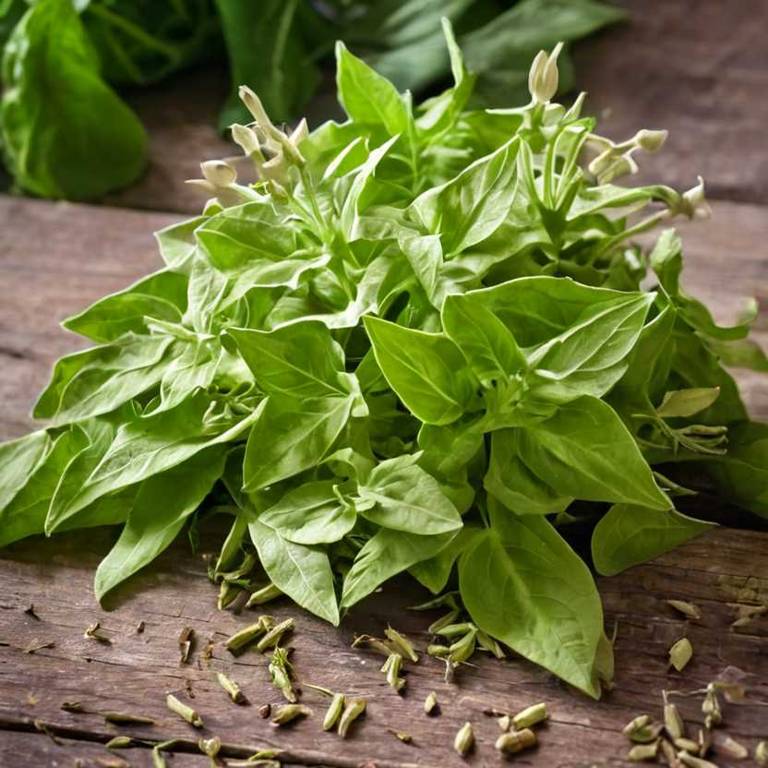Nicotiana Tabacum: What To Know Before Using It For Medicinal Purposes

Nicotiana tabacum, commonly known as tobacco, has a long history of use in traditional and alternative medicine.
While it is primarily known for its recreational and addictive properties due to the presence of nicotine, it has also been explored for its potential therapeutic effects. Some studies suggest that extracts from N. tabacum may have antimicrobial, anti-inflammatory, and analgesic properties, making it a subject of interest in herbal medicine. However, its use is often limited due to the harmful effects of nicotine and other toxic compounds.
Despite these risks, researchers continue to investigate its potential in developing new treatments for various ailments.
Health Benefits
Nicotiana tabacum has several health benefits, such as its use in traditional medicine for its potential anti-inflammatory and analgesic properties.
Some studies suggest that certain compounds in tobacco may have antimicrobial effects, helping to combat bacterial and fungal infections. It has also been explored for its role in promoting wound healing and reducing oxidative stress in the body. Additionally, Nicotiana tabacum is used in the production of nicotine replacement therapies, which can aid in smoking cessation.
However, it is important to note that the plant is most commonly known for its harmful effects when consumed as cigarette smoke, and its therapeutic uses are still under research.
10 Best Health Beneift of Nicotiana tabacum
Bioactive Constituents
Nicotiana tabacum has several bioactive constituents, such as nicotine, alkaloids, flavonoids, terpenoids, and phenolic compounds, which have been studied for their potential medicinal applications.
Nicotine, the most well-known alkaloid, has been explored for its role in smoking cessation medications and its possible therapeutic effects on neurological disorders. Flavonoids and terpenoids exhibit antioxidant and anti-inflammatory properties, which may contribute to the plant's traditional use in treating respiratory and skin conditions. Phenolic compounds have shown antimicrobial and antiviral activities, supporting the plant's historical use in herbal medicine.
However, the toxic effects of certain constituents necessitate careful research and controlled use to harness the medicinal potential of Nicotiana tabacum safely.
Medicinal Preparations
Nicotiana tabacum has several medicinal preparations, such as teas, tinctures, and extracts, that have been historically used for their purported therapeutic effects.
Traditionally, tobacco leaves have been brewed into teas believed to aid in respiratory conditions like asthma and bronchitis due to their expectorant properties. Tinctures made from tobacco are sometimes used in alternative medicine to treat ailments such as headaches, coughs, and skin irritations. However, these preparations are not without risks, as nicotine and other alkaloids can be toxic in high doses and may lead to dependence.
Despite their historical use, modern medicine generally does not recommend these preparations due to potential health hazards and lack of scientific validation.
Side Effects
Nicotiana tabacum can have some side effects, such as respiratory issues due to the inhalation of smoke containing harmful chemicals like tar and carbon monoxide.
Prolonged use can lead to addiction because of the addictive substance nicotine, which affects the brain's reward system. Smoking tobacco is also linked to an increased risk of various cancers, including lung, throat, and bladder cancer. Additionally, it can cause cardiovascular problems such as high blood pressure and heart disease.
Long-term exposure may result in chronic obstructive pulmonary disease (COPD) and reduced lung function.